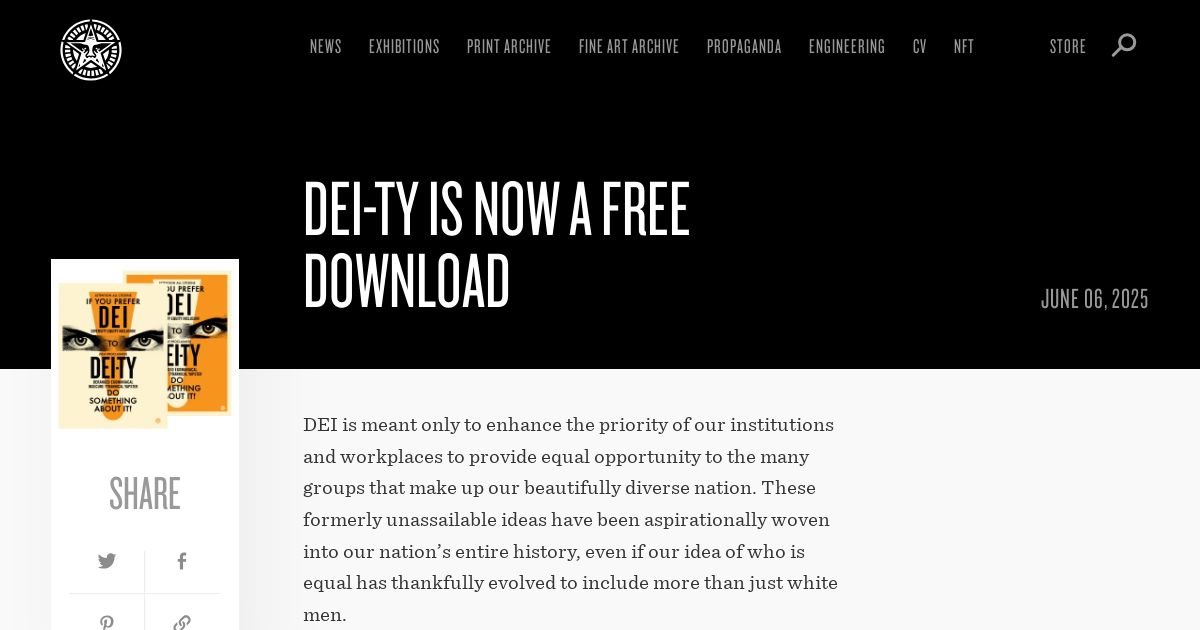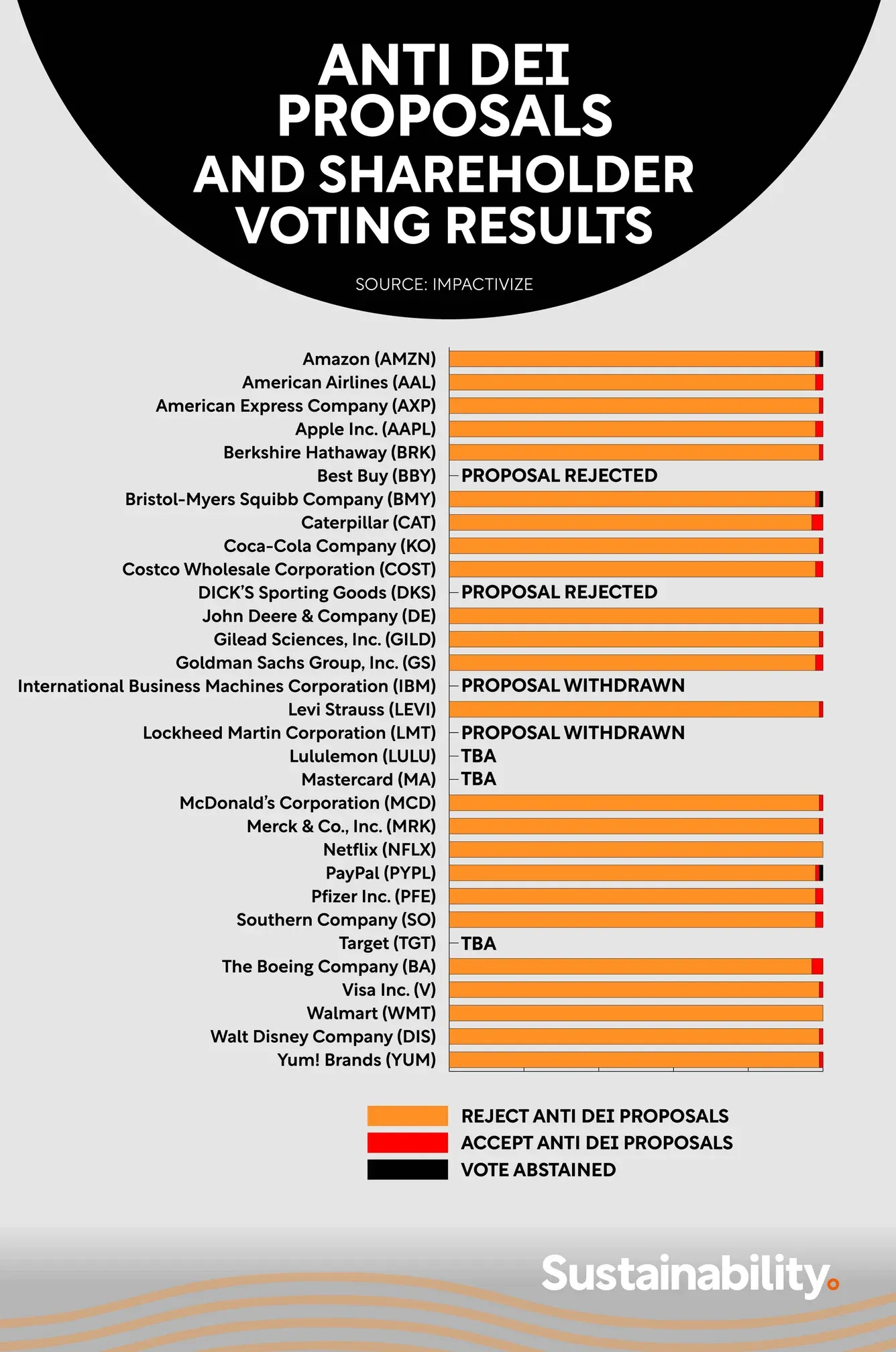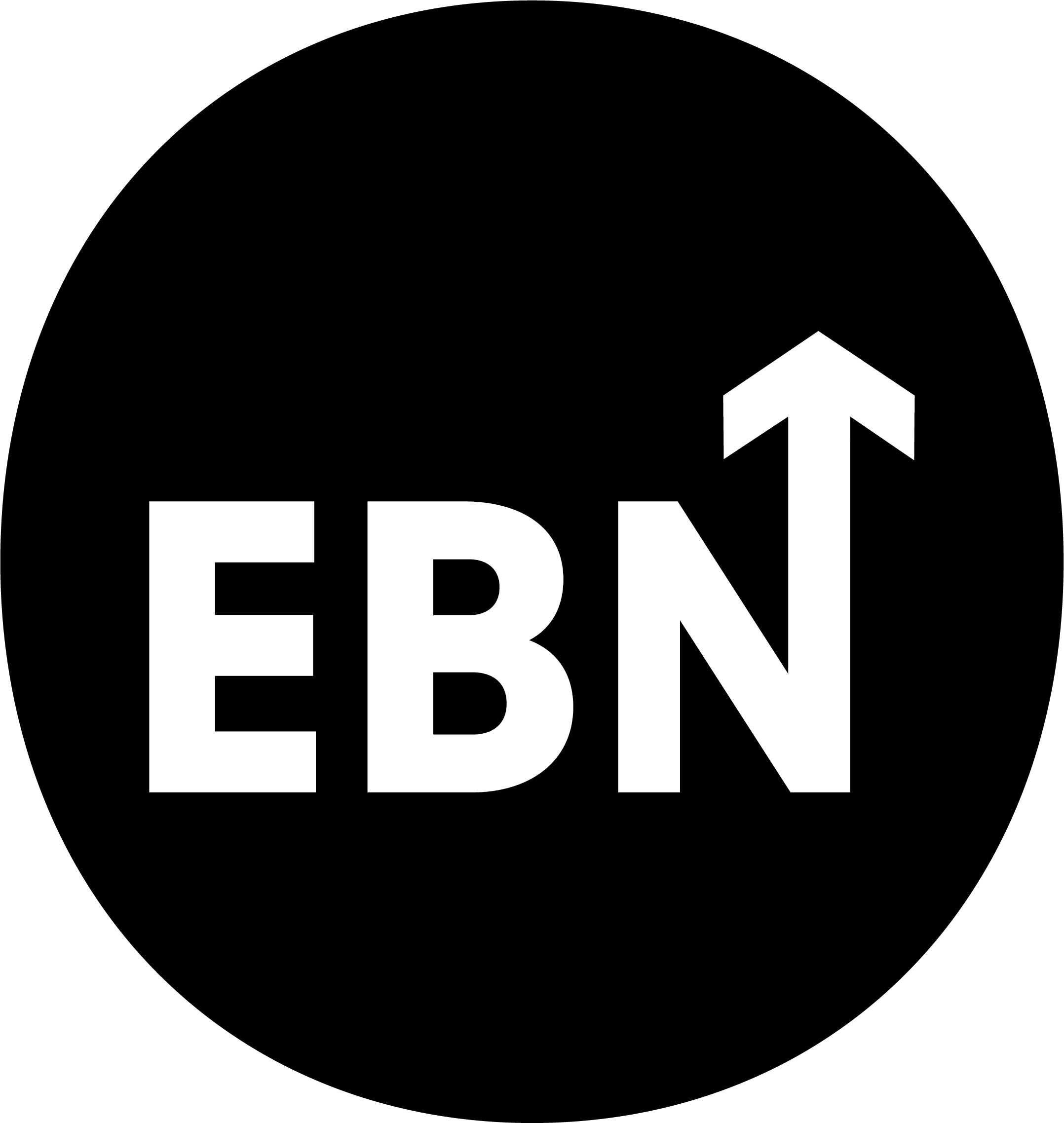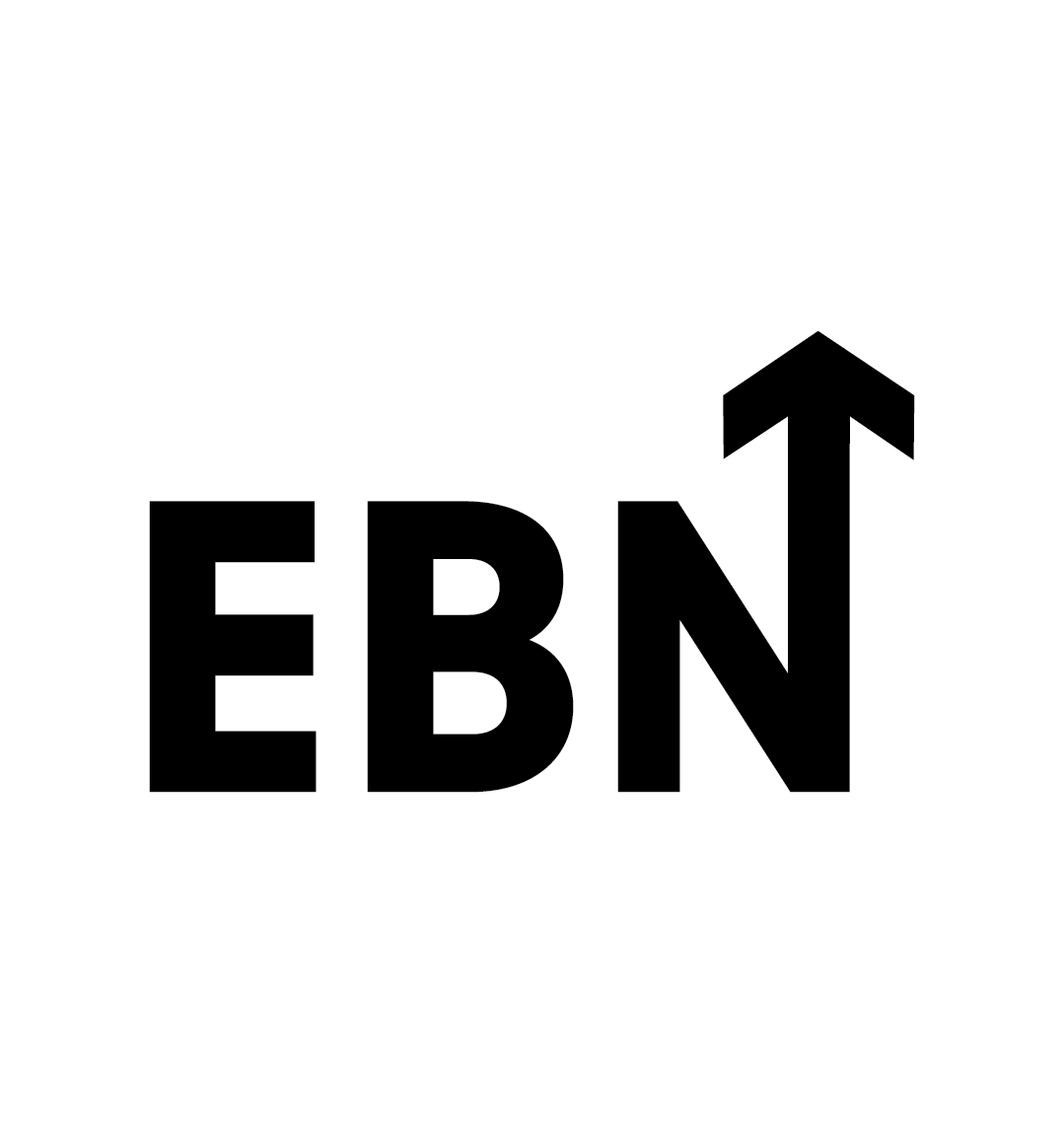When public figures release free artwork in defence of inclusion, it says something about the moment we’re in. Shepard Fairey’s DEI-TY poster reflects a broader conversation: how we define fairness, and who gets to participate in it.

The Landscape Is Shifting
Over the past few months, the conversation around Diversity, Equity, and Inclusion has changed tone. What was once seen as a largely uncontroversial good equal opportunity, fair treatment, representation is now being pulled into the political spotlight. Some see DEI as essential to business success. Others question its role and relevance. Either way, employer brands are caught in the middle.
Momentum isn’t always progress, especially when you always end up back where you started.
Fathom helps you escape the loop. With insight, not intuition.
A recent executive order from the White House seeks to roll back federal DEI programs. Several anti-DEI shareholder proposals were introduced at companies like Walmart and Netflix, but they were decisively rejected. receiving less than 1% support in both cases. Similar proposals at Apple, Amazon, Goldman Sachs, and others met the same fate, suggesting broad shareholder support for maintaining existing DEI commitments. See full breakdown at Sustainability Magazine.

Meanwhile, creators like Shepard Fairey are responding in the public square. His DEI-TY artwork, released as a free download, urges individuals and institutions to resist what he views as a retreat from equality and fairness. Whether or not you agree with the framing, the public debate is real and growing louder.
What This Means for Employer Brands
DEI Is No Longer Background Noise
For years, DEI programs sat quietly under the HR umbrella. Today, they’re front-page news. Employer brand leaders can’t treat this as a passing trend. Candidates are paying attention. So are employees. So are boards.
Helping HR, talent acquisition, employer branding, and company culture professionals find careers worth smiling about.
Your Messaging Will Be Interpreted
Whether you issue a bold statement or say nothing at all, your position will be noticed. In fact, 76% of employees globally expect their employer to take action on societal issues, according to the 2024 Edelman Trust Barometer. For organisations that have publicly committed to diversity and inclusion in recent years, this moment is being watched closely.
There Is No Universal Playbook
Some industries and regions are more impacted than others. What works for a global tech firm may not work for a mid-market manufacturer. That’s not cowardice. It’s context. A thoughtful response takes into account your culture, audience, and risk profile.
Performance Still Ties to Perception
The business case for DEI is not going away. Diverse teams continue to show stronger performance in innovation, employee engagement, and customer insight. Walking away from DEI altogether could have long-term costs well beyond short-term reputational risk.
A More Nuanced Approach
Not every critique of DEI is rooted in bad faith. Some point to poorly implemented programs or lack of measurable outcomes. Others raise concerns about overreach or unintended consequences. These are fair points to acknowledge.
At the same time, there’s a difference between reviewing your DEI strategy and abandoning it altogether. The best employer brands won’t ignore criticism, but they also won’t react to headlines without considering the deeper impact on trust, morale, and talent strategy.
What Employer Brand Leaders Can Do
This isn’t about taking a side. It’s about standing for what your organisation genuinely believes, and making that belief clear, consistent, and credible.
Here are a few steps to consider:
- Audit your DEI communications
What’s being said internally versus externally? Where are the gaps? - Create space for dialogue
Invite internal conversations where employees can share questions, concerns, or ideas. Listening builds trust. - Revisit your commitments
If DEI is part of your EVP, make sure it’s still being actively supported, funded, and lived. - Equip your recruiters and leaders
People managers are the front line. Help them speak confidently and thoughtfully about your company’s approach. - Tell stories, not slogans
Real experiences from employees are more powerful than broad mission statements. Show how your values play out in practice.
Be Clear, Be Consistent
This moment calls for more than marketing. DEI is a complex issue, and the national mood is undeniably divided. But for employer brands, the question is not “should we be political?” It’s “are we being honest about who we are, what we stand for, and how that shows up in the workplace?”
Employer branding has always been about making culture visible. In times like these, clarity is the most important value you can offer.
Takeaways
Is DEI still relevant in employer branding?
Yes. Regardless of political winds, DEI remains central to how companies attract, engage, and retain diverse talent.
Do we need to take a public stand?
Not always. But a lack of internal clarity or consistency can create confusion and erode trust.
What if our leadership team is hesitant?
Start with shared business goals; better hiring, retention, innovation and build from there.
Can we adjust our DEI messaging without backlash?
Yes, as long as changes are thoughtful, transparent, and reflect genuine learning, not fear.
How do we respond if employees ask questions?
With honesty. You don’t need all the answers, but you do need to show you're listening and taking them seriously.
Isn’t DEI too politicised now?
It’s more visible, yes. But visibility isn’t always negative. It can be a chance to re-evaluate and recommit with purpose.
Where can we find inspiration for communicating values creatively?
Artists like Shepard Fairey offer one example. Storytelling, design, and internal advocacy can all help bring values to life.








